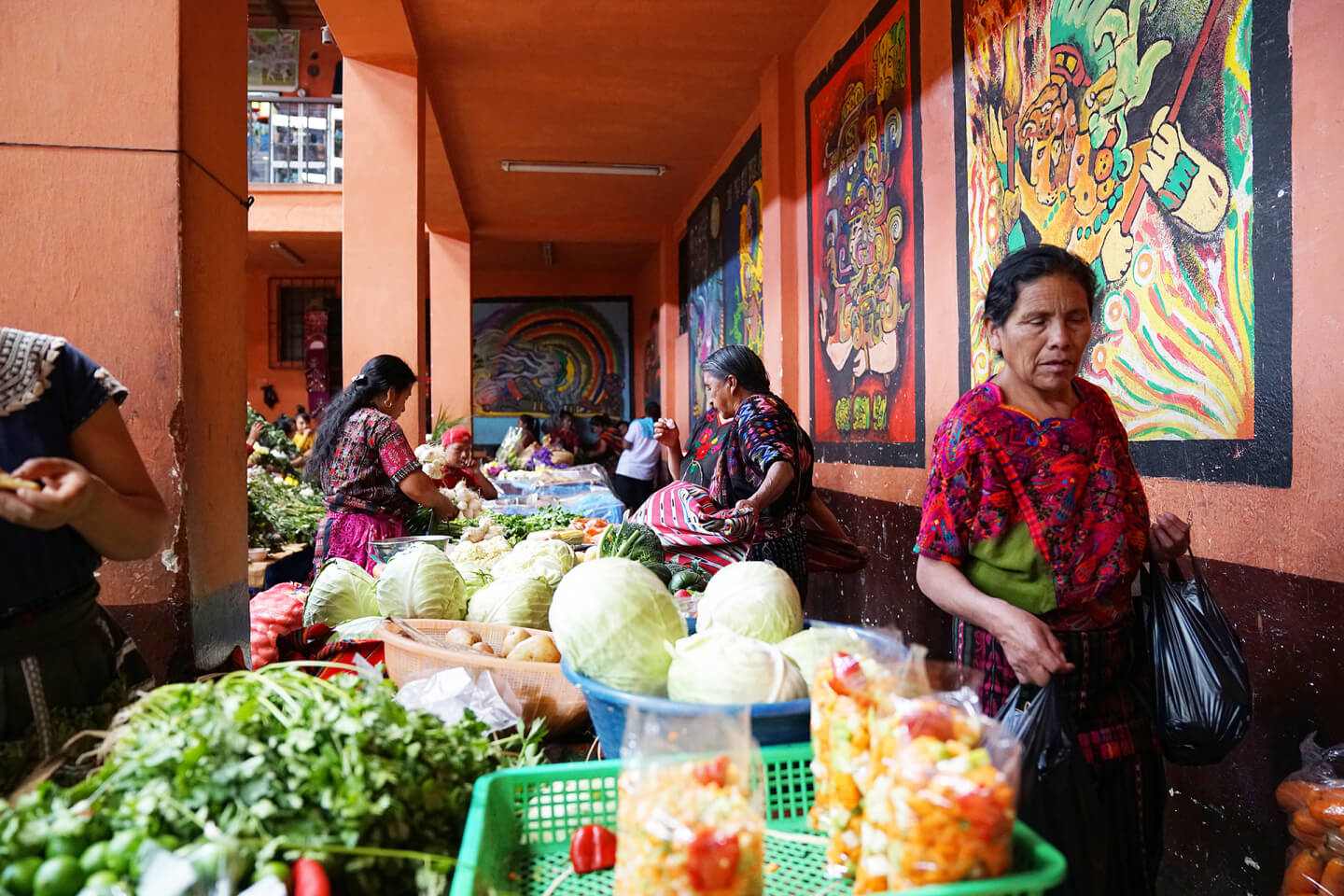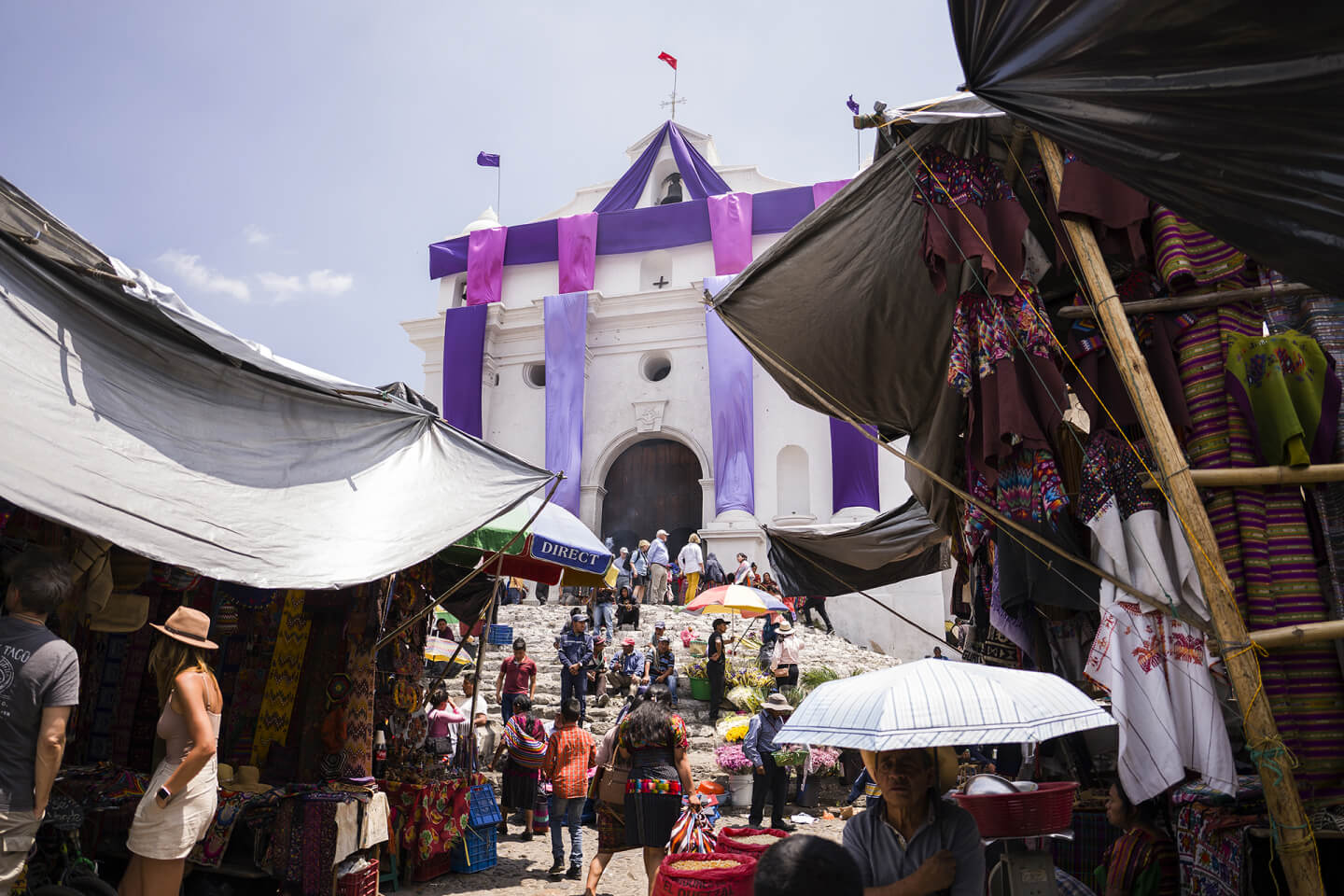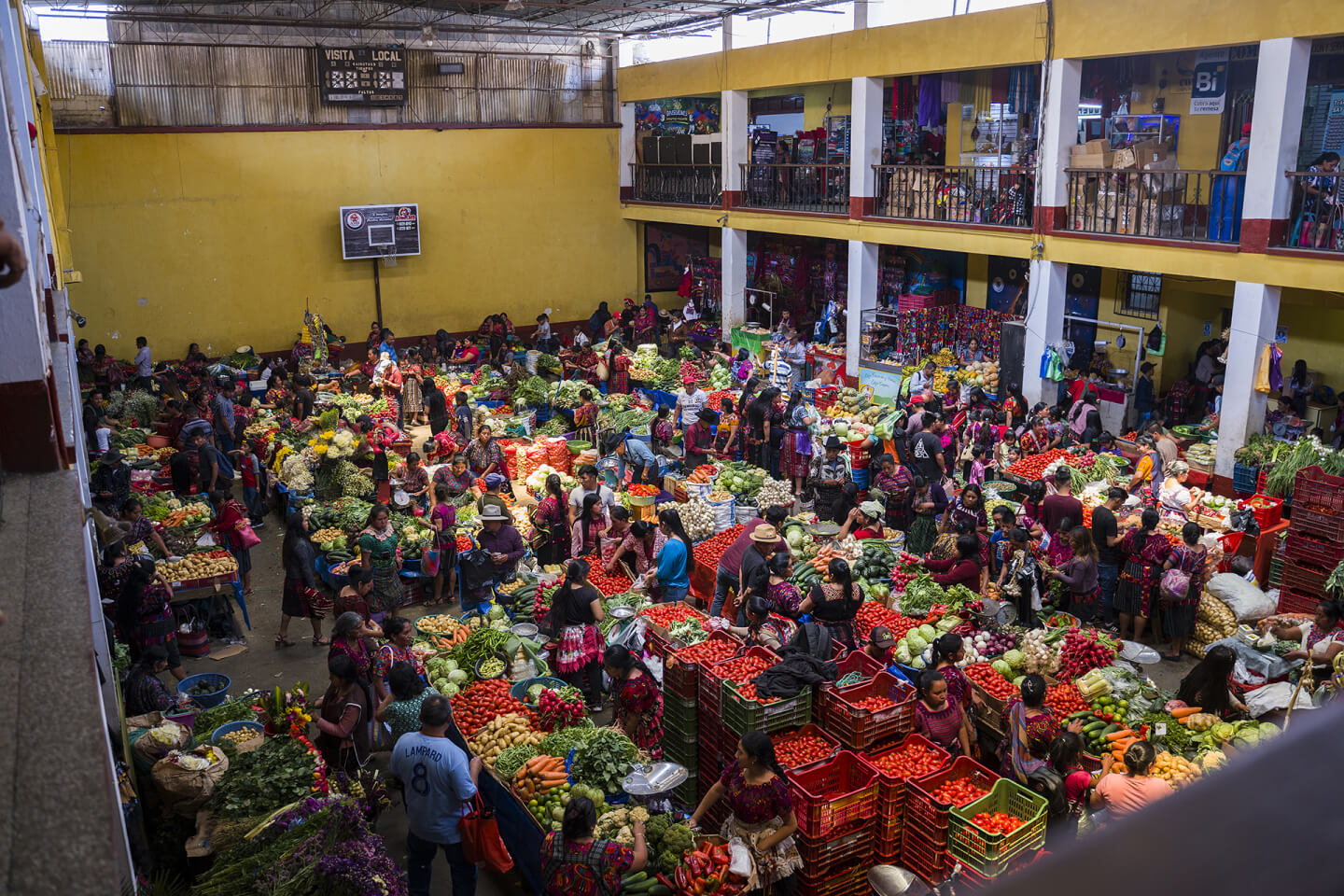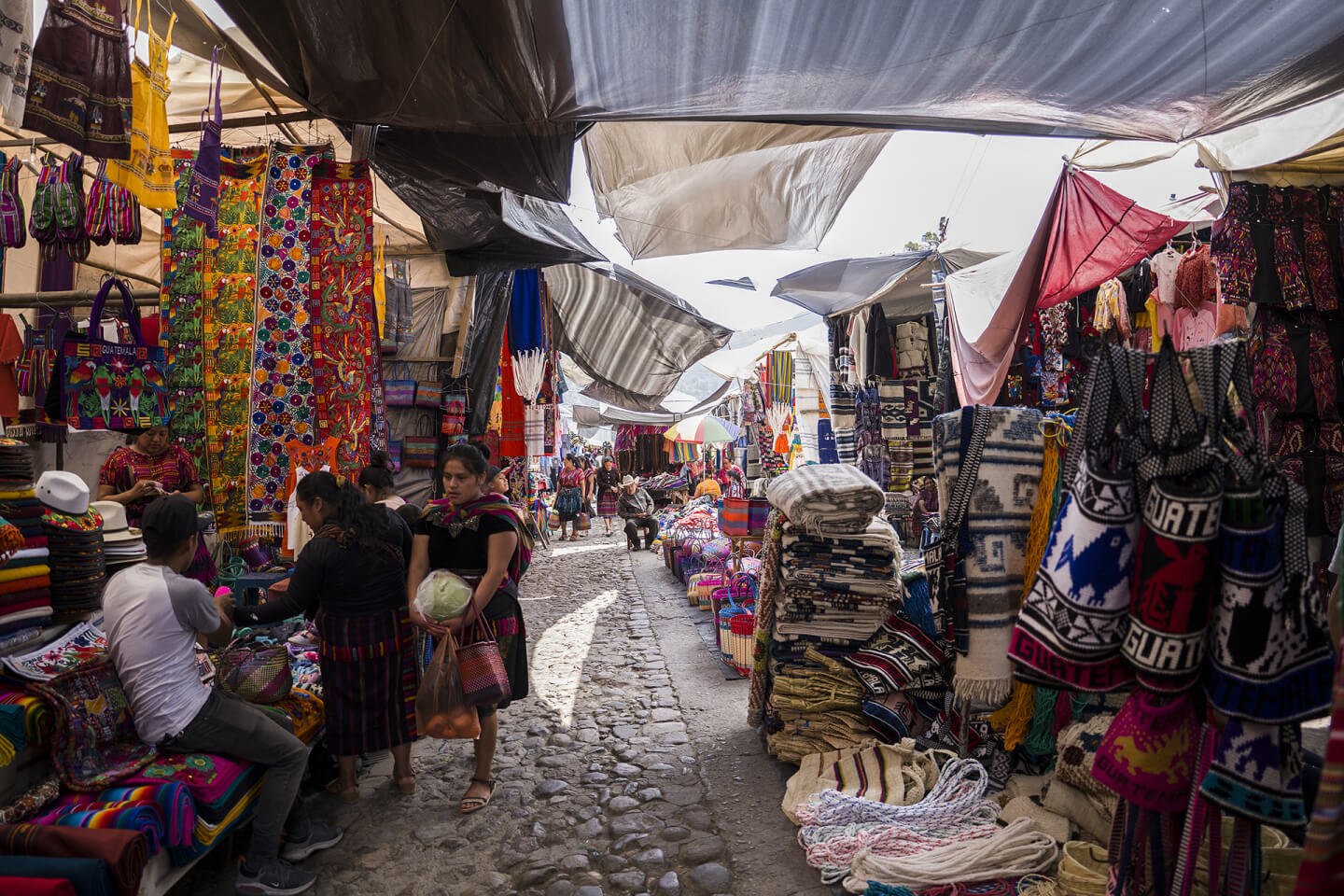












The structure and peculiarities of Chichicastenango market
Markets. Chichicastenango. Chapter VIII

Life in Chichi is to a great extent based on the market, which is the most important place and event for locals. On Thursday and Sunday, sellers and buyers come here (and some even come on foot with carts) for many kilometers.



In Chichicastenango, as in many other municipalities, there is a building constructed specifically for the market. Fruit and vegetables are sold inside this place and street food is prepared there. This market department is open all days of the week, not only on Thursday and Sunday. Residents of the town prefer to shop not on market days — it is much calmer and faster this way.
Chichicastenango. Quiché Department. 2018.
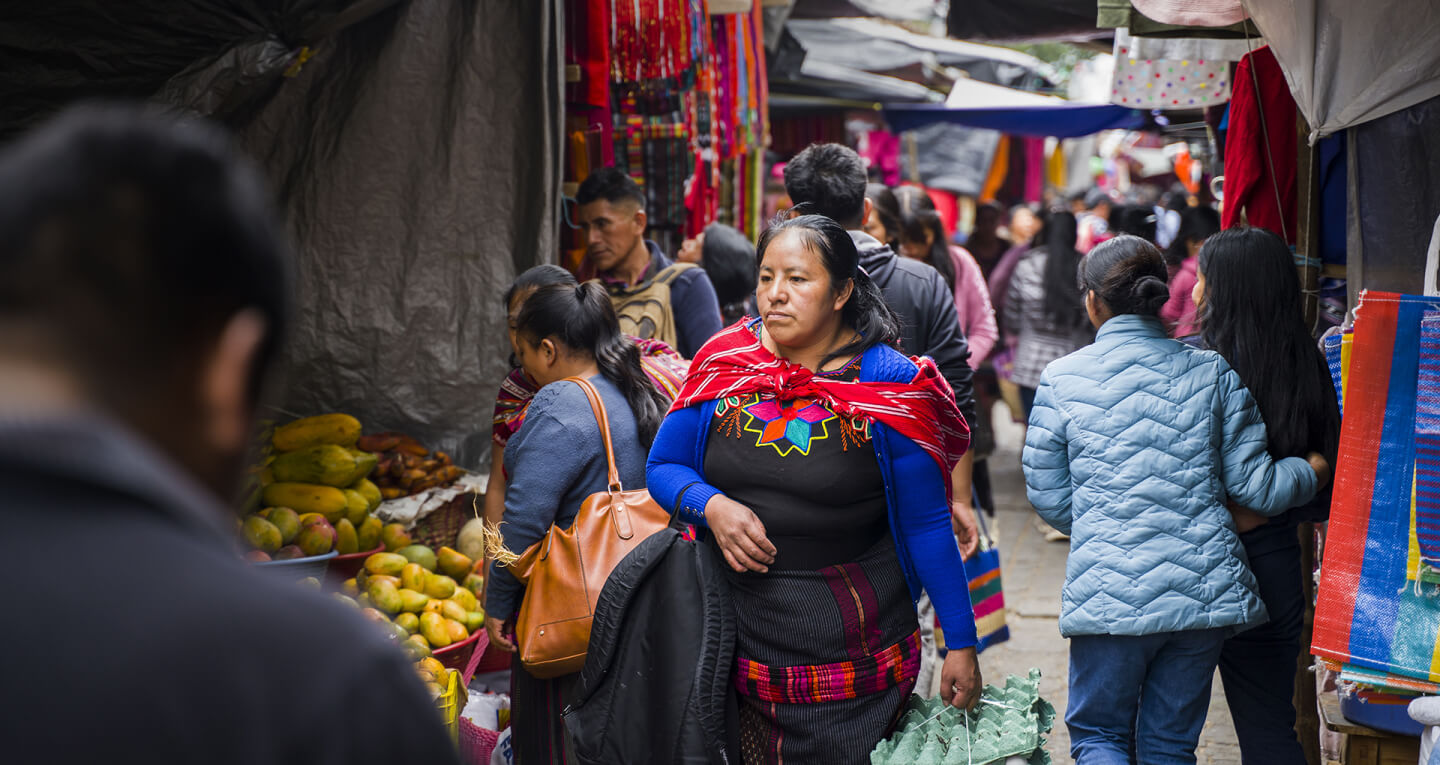

On Thursday and Sunday, a pop-up market with clothes, thread, souvenirs, household items and products of local craftsmen spreads out on the square and nearby streets.
Chichicastenango. Quiché Department, Kʼicheʼ tribe. 2024. JFernando Morales Photography

Over the past hundred years, the content of the market, its scale and specifics have undergone certain changes. Back in 1936, researcher Felix Webster McBryde, who studied the market in Chichi, noted that about 950 sellers gathered on the square on market day, about 900 of them sold fruit and vegetables, 50 sold farm animals. Only a few sellers sold fabrics and products of artesania, works by local craftsmen — dishes, clay and other products.


Chichicastenango. Quiché Department, Kʼicheʼ tribe. 2024. JFernando Morales Photography

Chichicastenango. Quiché Department, Kʼicheʼ tribe. 2024. JFernando Morales Photography

Chichicastenango. Quiché Department, Kʼicheʼ tribe. 2024. JFernando Morales Photography

Chichicastenango. Quiché Department, Kʼicheʼ tribe. 2024. JFernando Morales Photography


At that time, the Chichicastenango market was almost entirely devoted to daily consumption products, which were sold by some Indians and bought by others. Most of the sellers came from the nearest villages around Chichi or the department of El Quiché, some from settlements to the west of the municipality. No more than 15 merchants from the city, Spanish-speaking Indians (Ladino), were noticed during McBryde’s observation.
Local sellers settled all across the main square in a free manner, while those who came from villages grouped together in certain corners of the square. Non-local sellers, most frequently, brought with them products typical for their region: ceramics, flowers or tropical fruits.


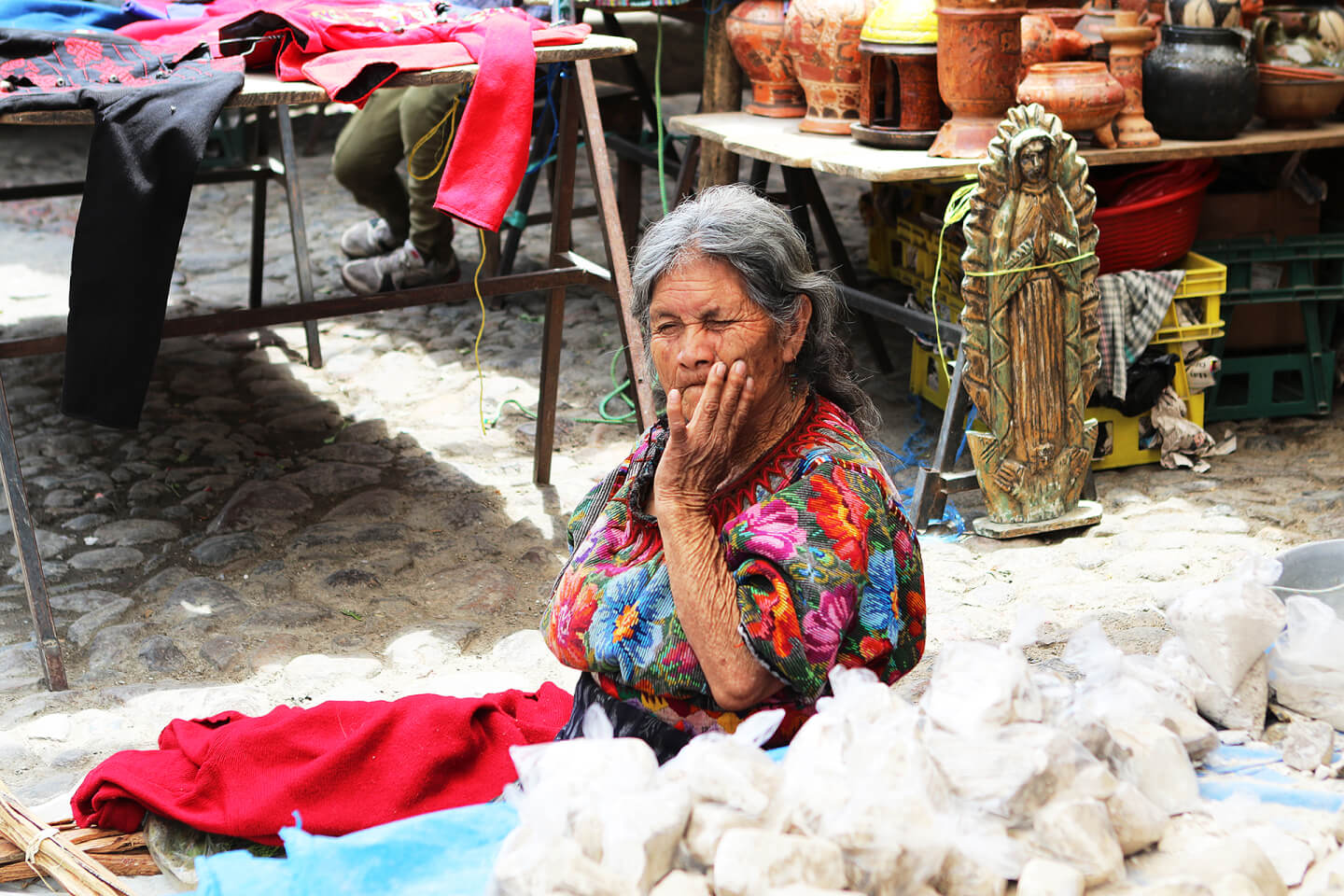
Previously, trading was mainly a male occupation. Now in Chichicastenango, the absolute majority of sellers are women. Chichicastenango, Quiché Department. 2018.
Chichicastenango, Quiché Department. 2018.


According to Doña Tomasa, in the 1970s, in general, men were mainly engaged in trade activities. Women stayed at home on the farm with their children, and the father and one of his sons went to the market, following its location (it changed depending on the day of the week). Thursday and Sunday were Chichicastenango’s turn to hold markets.
Interestingly, McBryde also observed the division of goods by gender. Men were more likely to sell meat, tobacco, knives, wood, bread, fruits and vegetables. Women sold corn, avocados, other vegetables and fruits, ready-made food and flowers.



In recent years, women have mainly carried out the sale of goods. This is largely due to the frequent occurrence of single-parent families, which are a real issue in Guatemala. Women often have to work to feed themselves and their children. On the other hand, modern women have much more freedom and can run their own businesses. This, of course, increased their number in commerce.

Chichicastenango, Quiché Department. 2018.
Anthropologist Olga Pérez Molina conducted another interesting observation of the Chichicastenango market in 1980−1981. It showed a certain dynamic, the development of which can be tracked even now.

In the 1980s, the number of sellers grew to about 1,700, of which 83% were Indians from villages and 17% were residents of the city. Market specifics have completely changed: now the main goods here are not products of daily consumption, but the results of the work of local craftsmen intended for sale to tourists (domestic or foreign). Fabrics, casual and ceremonial clothing, threads, wood and clay products, masks, bags and other accessories made in the Maya style.
Not all products are local, you can easily find "Made in China" items here. In particular, this gives local researchers a reason to talk about the extinction of identity in Chichicastenango and the dissolution of authenticity in globalization processes.
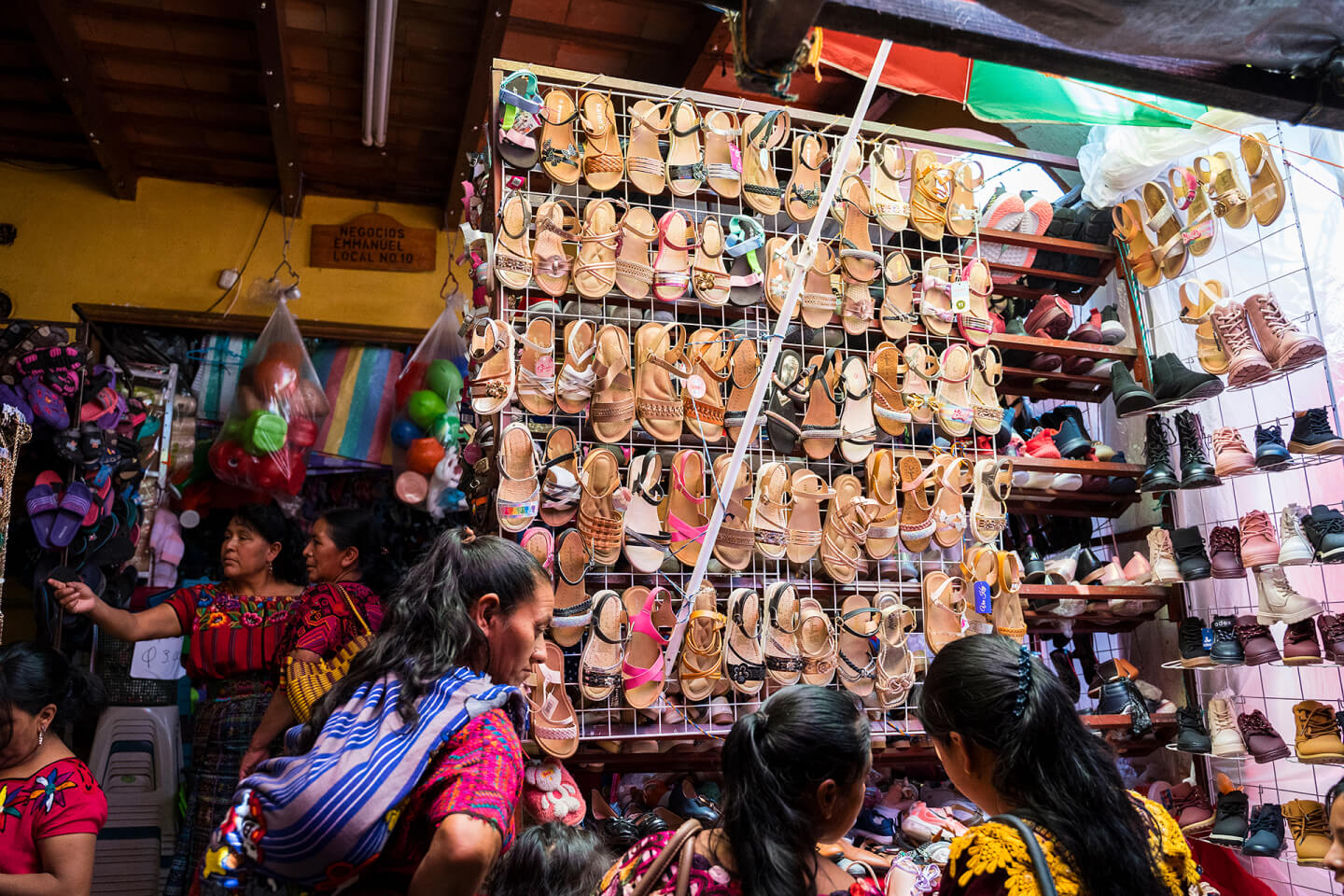
Chichicastenango. Quiché Department, Kʼicheʼ tribe. 2024. JFernando Morales Photography
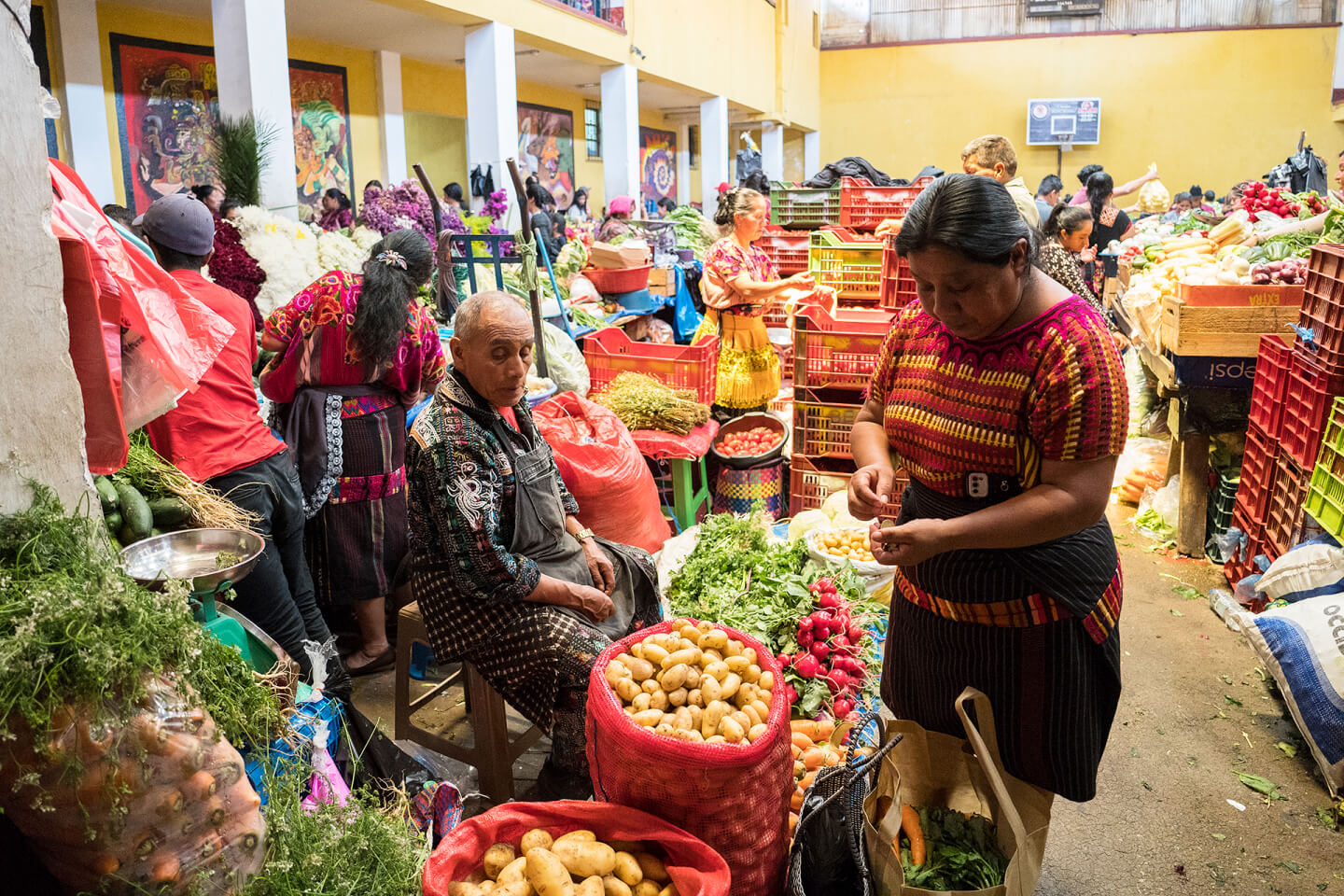
Chichicastenango. Quiché Department, Kʼicheʼ tribe. 2024. JFernando Morales Photography

Chichicastenango, Quiché Department. 2018.

Chichicastenango, Quiché Department. 2018.

Chichicastenango, Quiché Department. 2018.
Doña Tomasa Calel de Ignacio believes that the expansion of the market and the popularity of Chichicastenango, especially since the mid-1980s, was facilitated by the openness of local residents, which is not typical for all Indians. They are happy to receive guests, and they have managed to create an international brand from their market over the past few decades. Now Chichi is one of the most popular tourist destinations in the country.
This was also helped by the global revival of Indians' interest in their own culture throughout the country as a way to realize and defend their authenticity.
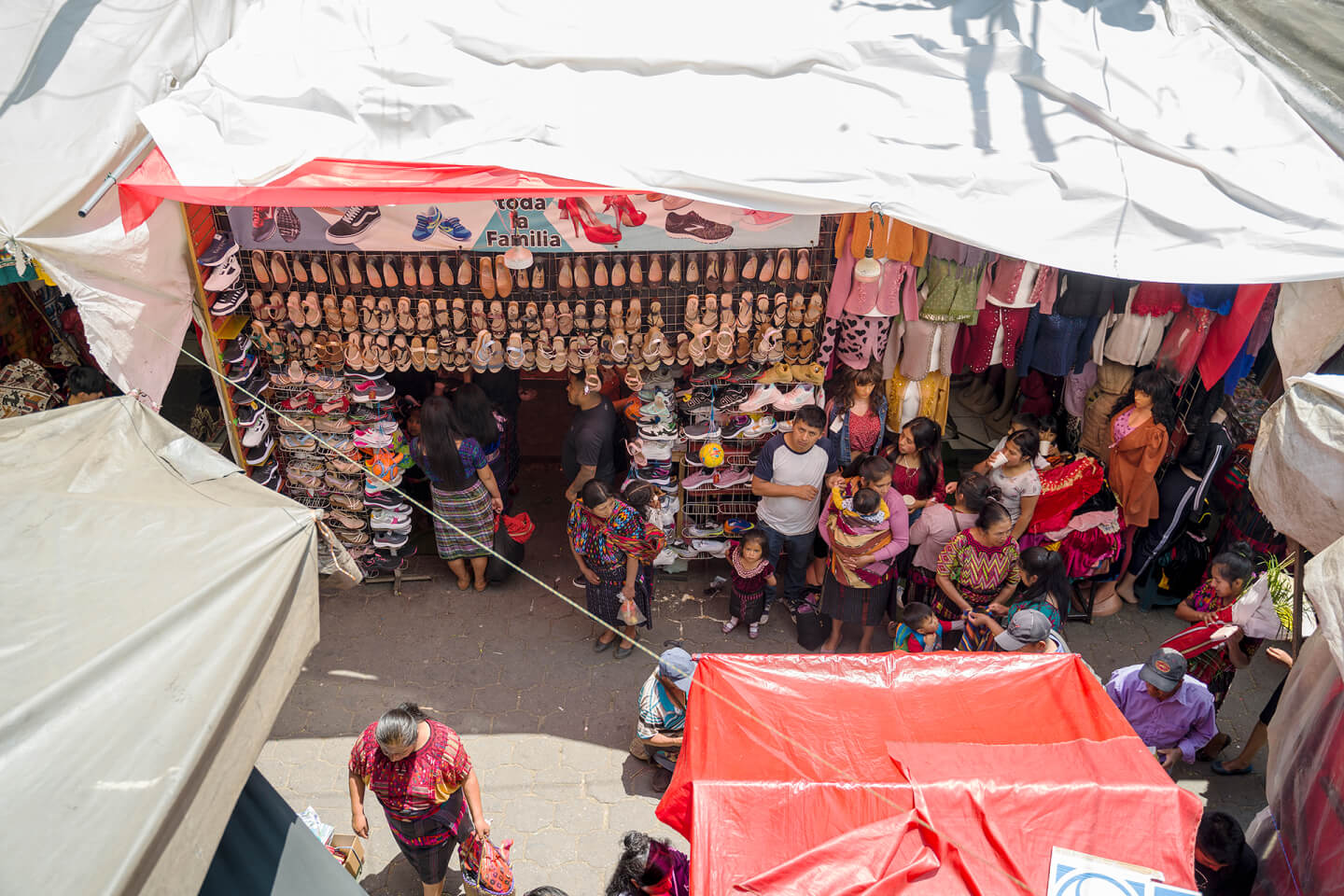

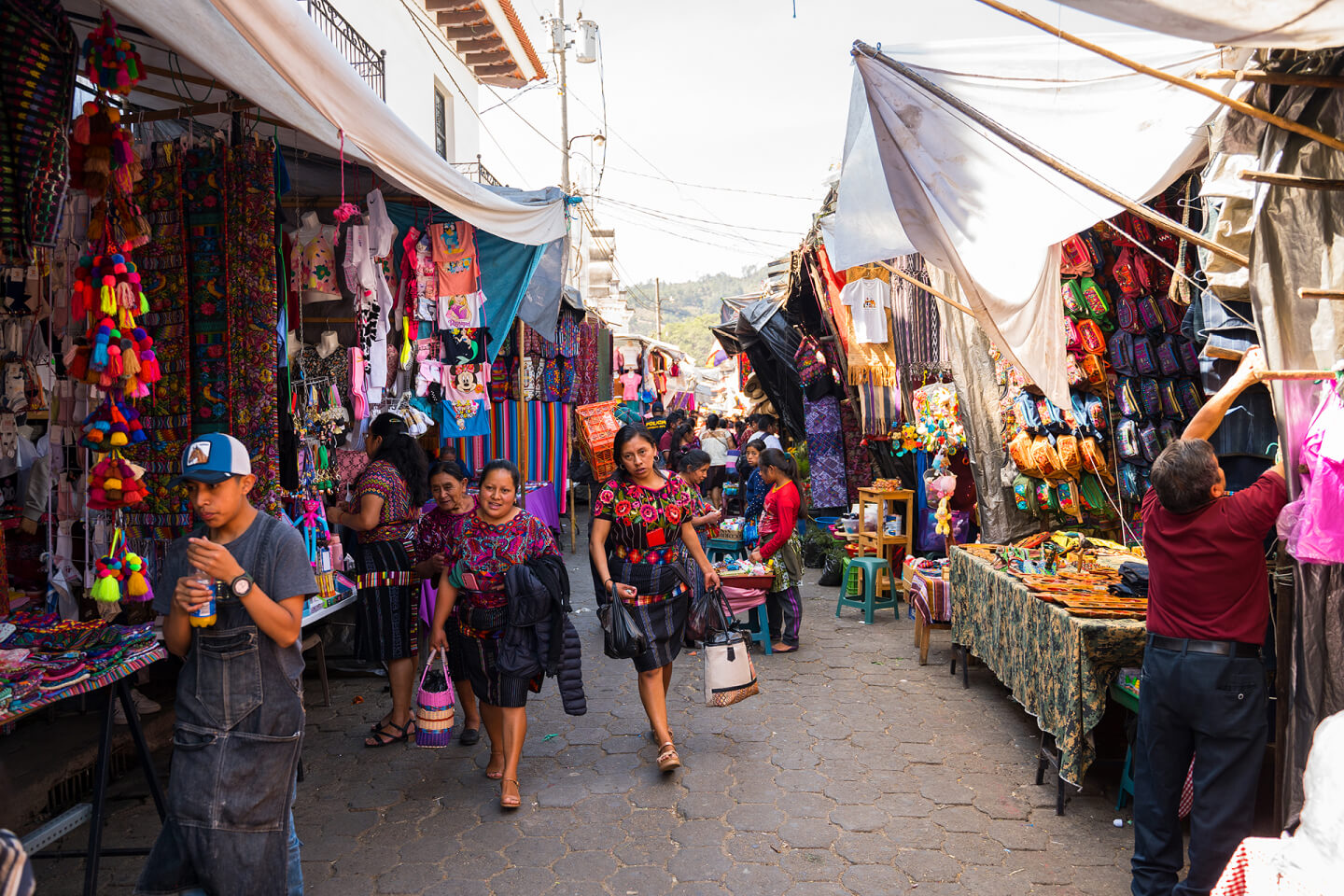
The infrastructure was built around the market so local attractions got a second wind. Those, who come to see the market can also visit La Moreria, the mask museum owned by Doña Tomasa’s husband Don Luis. His collection has masks dated back to the XVII century. Alternatively visit Casa Diego Ignacio, a house-museum where you can look at masks, authentic dances and even try out the main tools of traditional medicine: an Indian bath and massage, and many restaurants, bars and hotels that serve tourists.
Chichicastenango, Quiché Department, Kʼicheʼ tribe. 2024. JFernando Morales Photography
Chichicastenango, Quiché Department, Kʼicheʼ tribe. 2024. JFernando Morales Photography



This direction of market development, its transformation into a platform for cultural exchange (often on an international scale), leaves an imprint on the behavior of sellers: in addition to the direct act of selling, market is a sort of a stage for them, where they perform, complementing the tourist experience, making it more vivid for buyers.
This scenery, which was created by travel agencies and promoters of the destination, is designed to create a more contrasting atmosphere that meets the pictures printed on booklets and expectations of tourists brought here on shuttles.
So the national identity of the Indians is used by them, among other things, as a sales tool, while encouraging the locals themselves to better understand and know their own culture, although rather superficially, without going into deeps.
After the pandemic
The coronavirus pandemic has become a new milestone in the development of the market. The place, which lived almost entirely at the expense of visitors, tourists and the money they spent there turned to its roots.



Roberto Sebastian Nix
guide, resident of Chichicastenango
Chichi is a tourist hub. Everything changed after the pandemic. Since there were no more sales as before COVID-19, people got back to their origin and started selling fruit, vegetables, and daily consumption products. The tourist flow has decreased by 70%, and many simply could not afford to remain without a steady income, so they had to adapt.


Chichicastenango, Quiché Department, Kʼicheʼ tribe. 2024. JFernando Morales Photographyс.

Chichicastenango, Quiché Department, Kʼicheʼ tribe. 2024. JFernando Morales Photographyс.

Chichicastenango, Quiché Department, Kʼicheʼ tribe. 2024. JFernando Morales Photographyс.
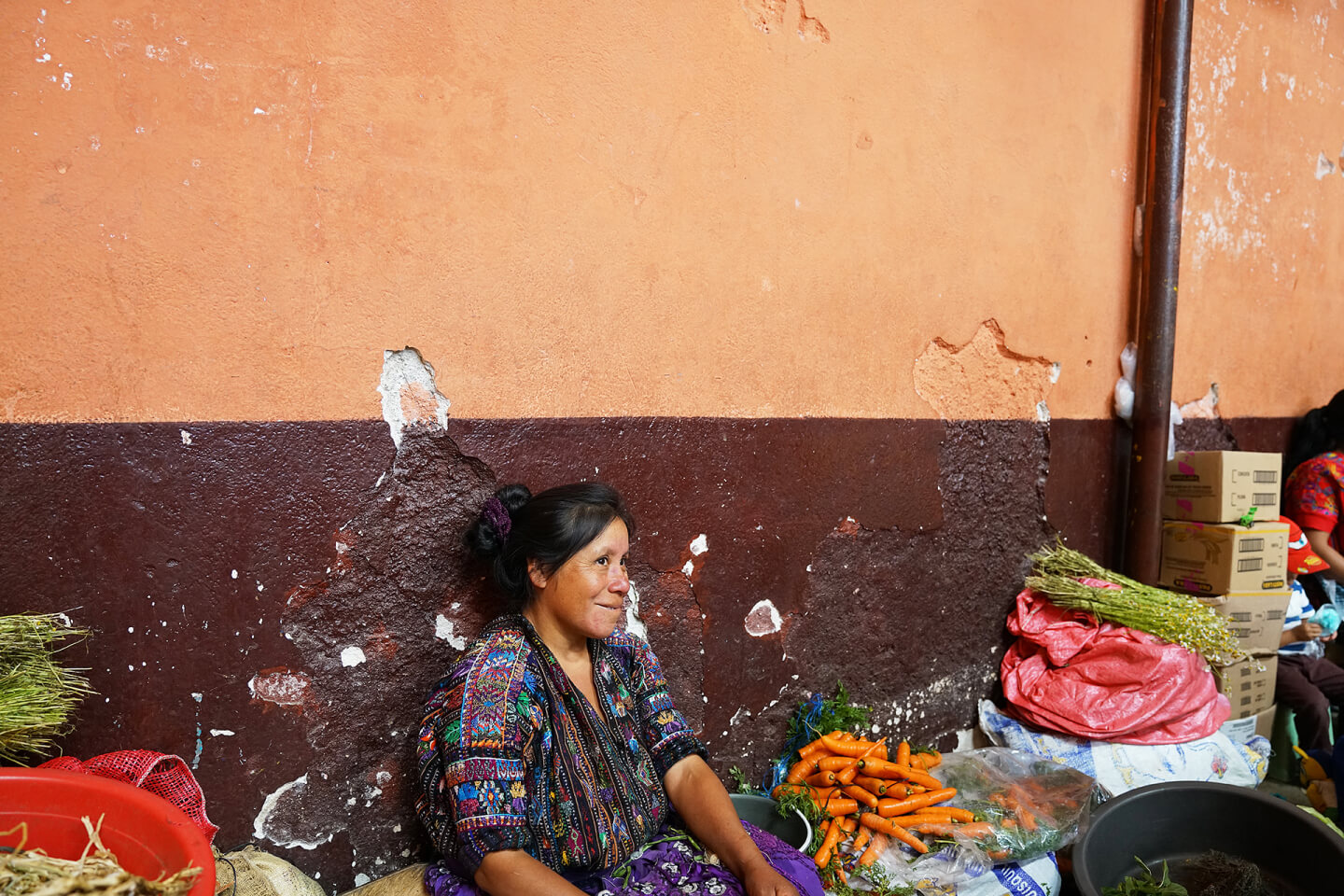

There are people who sell on the market for a living, but there are also those who just like it — they trade for the sake of communication, sharing news. Interestingly, even after the pandemic, the market continues to exist on about the same scale, but the composition of sellers and goods is changing — some decided to sell their places in the market, and those who have been waiting for such an opportunity for a long time took advantage of it. Many have traded for a more stable income, government service or a permanent job.

Chichicastenango, Quiché Department, Kʼicheʼ tribe. 2024. JFernando Morales Photography


The Chichicastenango market is divided into three large parts: fruit and vegetables, other products and daily consumption goods, and clothing, local crafts. During the pandemic the market space became more regulated due to social distance measures. Artesania products were almost completely replaced by household goods, however after a couple of years the assortment was again adapted to tourists.
Chichicastenango, Quiché Department, Kʼicheʼ tribe. 2024. JFernando Morales Photography
The Chichicastenango market is divided into three large parts: fruit and vegetables, other products and daily consumption goods, and clothing, local crafts. During the pandemic the market space became more regulated due to social distance measures. Artesania products were almost completely replaced by household goods, however after a couple of years the assortment was again adapted to tourists.
Chichicastenango, Quiché Department, Kʼicheʼ tribe. 2024. JFernando Morales Photography

The Chichicastenango market is divided into three large parts: fruit and vegetables, other products and daily consumption goods, and clothing, local crafts. During the pandemic the market space became more regulated due to social distance measures. Artesania products were almost completely replaced by household goods, however after a couple of years the assortment was again adapted to tourists.
Chichicastenango, Quiché Department, Kʼicheʼ tribe. 2024. JFernando Morales Photography

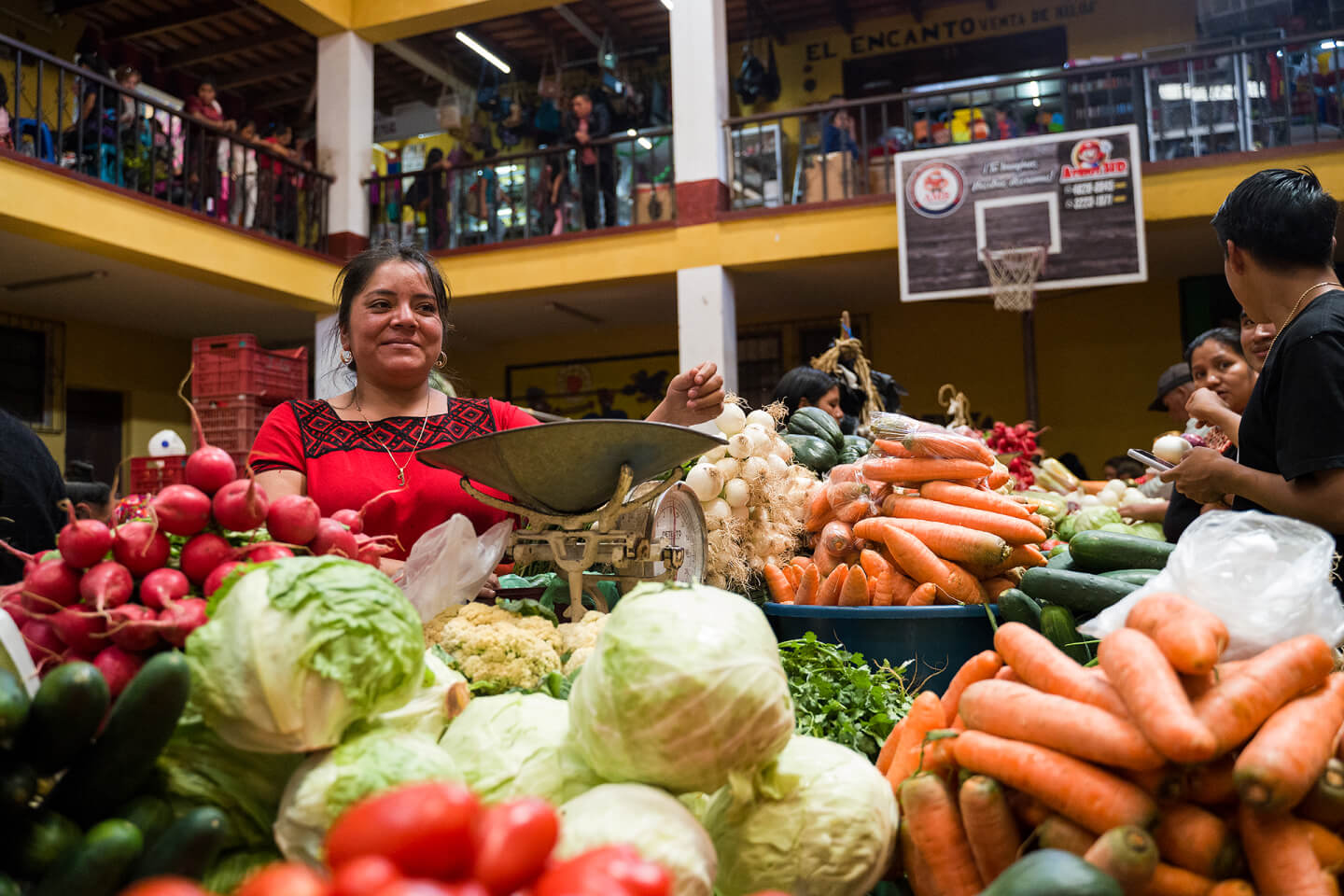
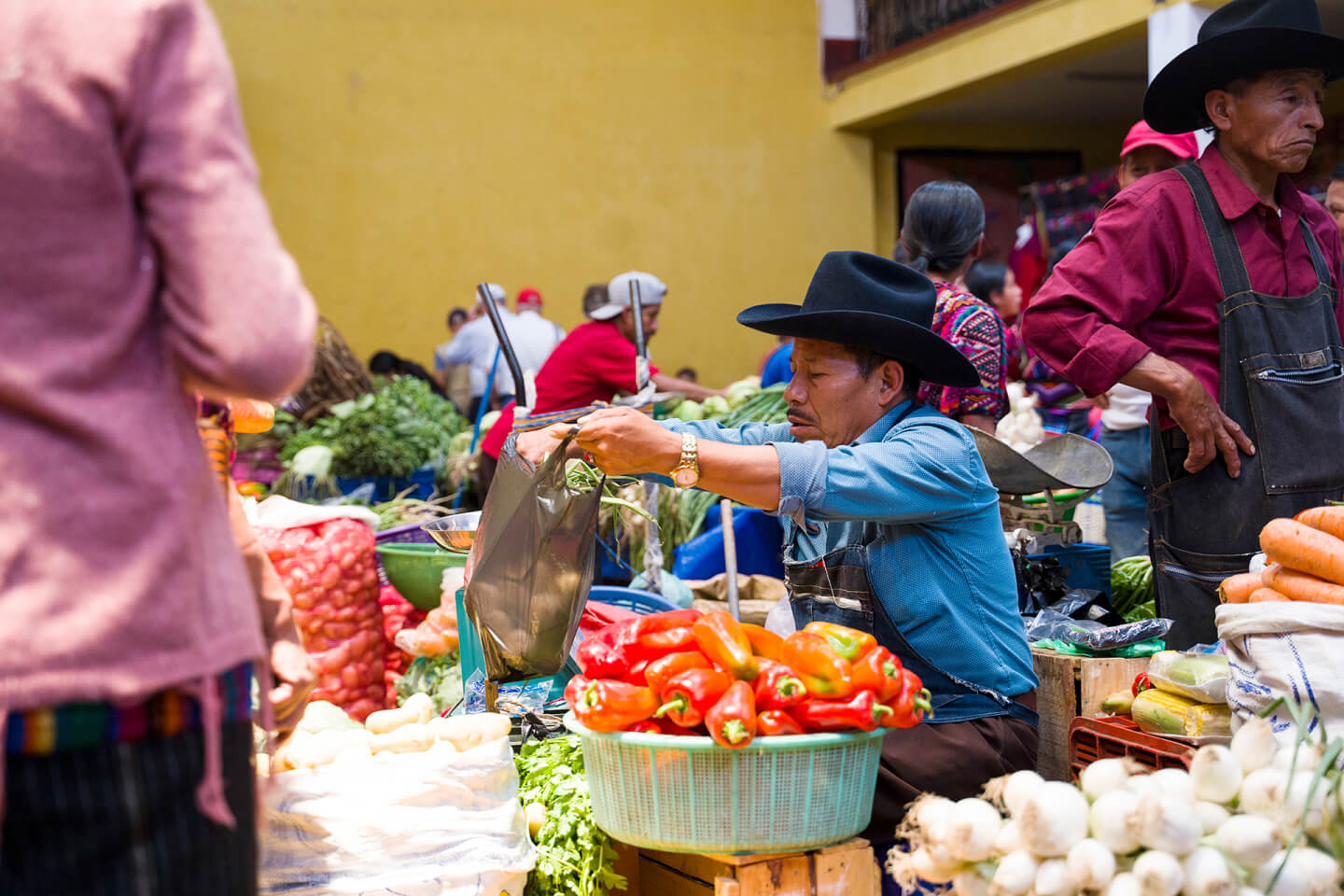
Chichicastenango, Quiché Department, Kʼicheʼ tribe. 2024. JFernando Morales Photography
Chichicastenango used to be the central and largest market where everyone came, now those who live far away often prefer to buy food closer to home so as not to spend several hours on the road.

The seller’s status in the market highly depends on what exactly he or she sells. If these are artesania goods, then most likely the seller has to negotiate with someone who already has a counter. If these are products that the seller grows or makes himself, then he can sell along with other villagers who just come to the market and lay out the goods on the ground.




Chichicastenango, Quiché Department, Kʼicheʼ tribe. 2024. JFernando Morales Photography

As a result, the pandemic had a double effect. On the one hand, it has forced many to sell more traditional goods that met the needs of the local population to a greater extent, and tourism to a lesser extent. On the other hand, it provoked an outflow of personnel from the sales sector, thereby forcing many people to exchange traditional family production and occupation for a job that provides stability, but forces them to disconnect from the roots.

Contacts
Events
Project








